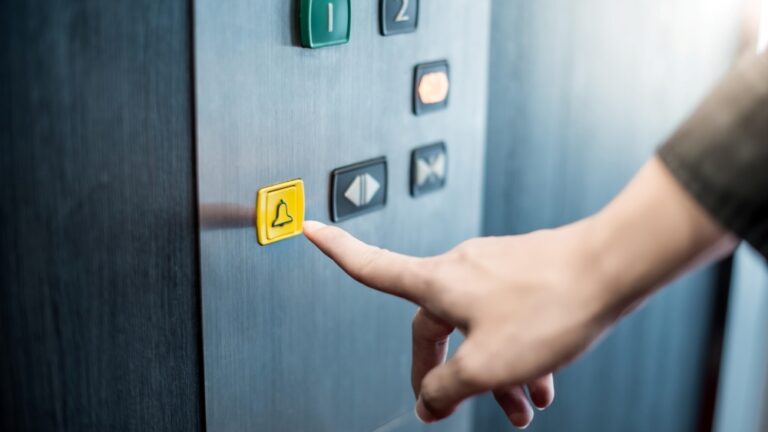Most autodiallers (also known as emergency telephones) are easy to install. Should you run into trouble, we have compiled some helpful tips to assist you in resolving any problems.
Wiring
- Check the wiring connections. It is possible for a wire to become detached during installation.
- Check the alarm button configuration/wiring, as there are two connection types (Normally Open or Normally Closed) – some also have a voltage across them due to the siren being connected.
- Check if the Pictograms switch on a Positive or Negative voltage. (Some systems will use or switch the pictograms on a Positive or Negative Common).
Programming
- Keep programming simple.
- Confirm telephone numbers are programmed correctly, as each manufacturer has their own protocols.
- Only change settings if required; unnecessary changes can affect how the equipment operates.
Telephone line
- Check your telephone line is active before you make an alarm call.
- The best way to check if a telephone line is active is to check by calling a handset.
- Plug a telephone handset into the available telephone socket and call your mobile; this checks the telephone line from the main socket is working and shows you the line number on your mobile.
- If there’s no telephone socket because the telephone line is wired directly to the autodialler, use a BT slave socket. Wire 2 and 5 on a two-core cable from it, with the other end going into the existing telephone wires in the autodialler, then plug in a handset and test the line.
- For a digital line you need an Analogue Telephone Adapter (ATA), as autodiallers typically require an analogue telephone line.
Interference
- Always consider your wiring routing and any consequences it may cause.
- Poor telephone line routing can cause electrical interference issues such as poor two-way voice communication.
- Depending on the types of devices being used, try to keep different pieces of equipment as far away from each other as possible to minimise risk of interference
GSMs
- When deciding on which SIM card to buy, research which provider gives you the best signal coverage – there are web sites where you can check area network coverage. Alternatively, you can buy roaming SIM cards for optimum coverage and peace of mind, knowing that if signal strength changes the SIM card can take signal from another source.
- The GSM should be installed in a suitable location to pick up the best signal strength.
- On sites where a GSM will be installed on top of the lift car, the signal strength should be checked at highest and lowest levels for reliability; high strength antennas are available to improve signal.

